- Downloaded
- 135.2 GB
- Uploaded
- 13.1 TB
- Ratio
- 99.14
- Seedbonus
- 258,280
- Upload Count
- 265 (300)
Member for 9 years
[udemy] Cybersecurity Foundations (A+ Core 1 Certification)
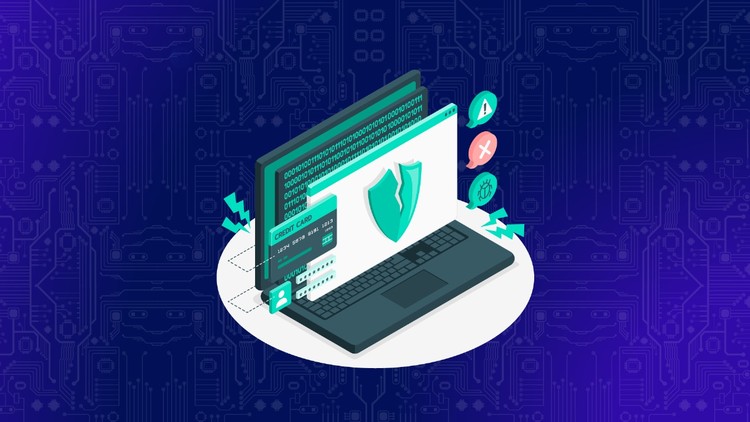
MP4 | Video: h264, 1280x720 | Audio: AAC, 44.1 KHz, 2 Ch
Genre: eLearning | Language: English | Duration: 102 Lectures ( 14h 48m ) | Size: 13.8 GB
udemy official link
Learn the basics of Cybersecurity and Computer Architecture
and pass the A+ Core 1 exam in a heartbeat.
What you'll learn
Disassembling and Reassembling a Computer
The Motherboard: The Heart of the Computer
Processors and Memory: The Brain and Memory of the Computer
The Power System: Keeping the Computer Running
Hard Drives and Other Storage Devices: Storing Your Data
I/O Devices: Input and Output for the Computer
Setting Up a Local Network
Network Infrastructure and Troubleshooting
Mobile Devices: The Future of Computing
Virtualization, Cloud Computing, and Printers
Requirements
The course does not require any prior knowledge of computer architecture,
but learners should have a basic understanding of computers and how they operate.
Who this course is for:
The CompTIA A+ Core 1 certification is aimed at IT professionals who are responsible for installing,
configuring, and maintaining hardware and software technologies.
Aspiring IT Support Specialists
Aspiring Network Administrators
Aspring Field Service Technicians
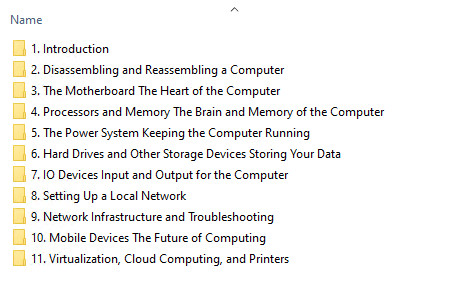
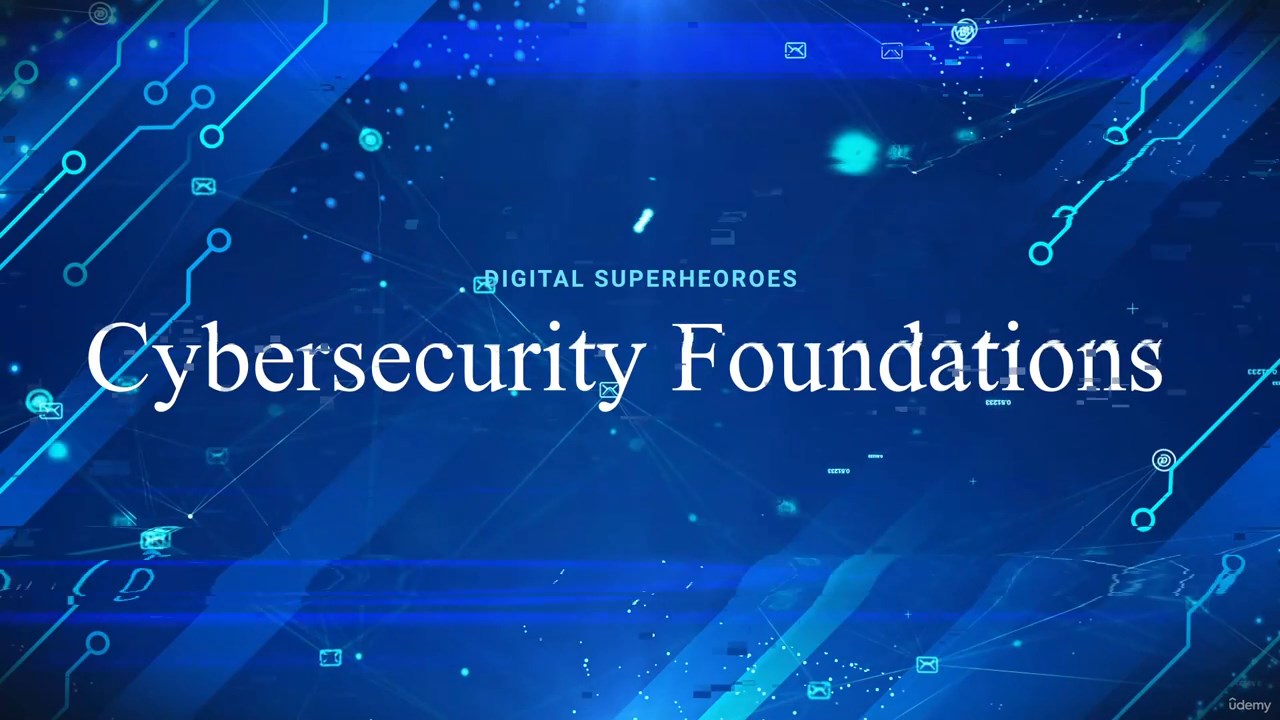
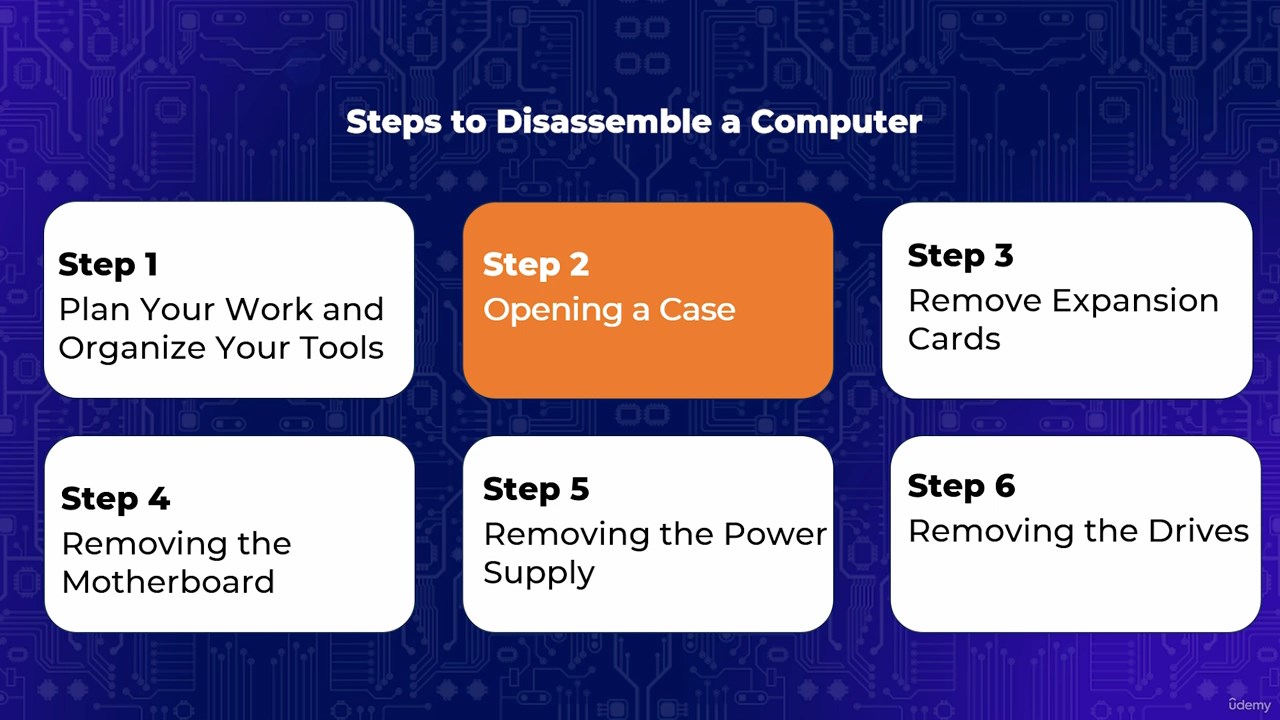
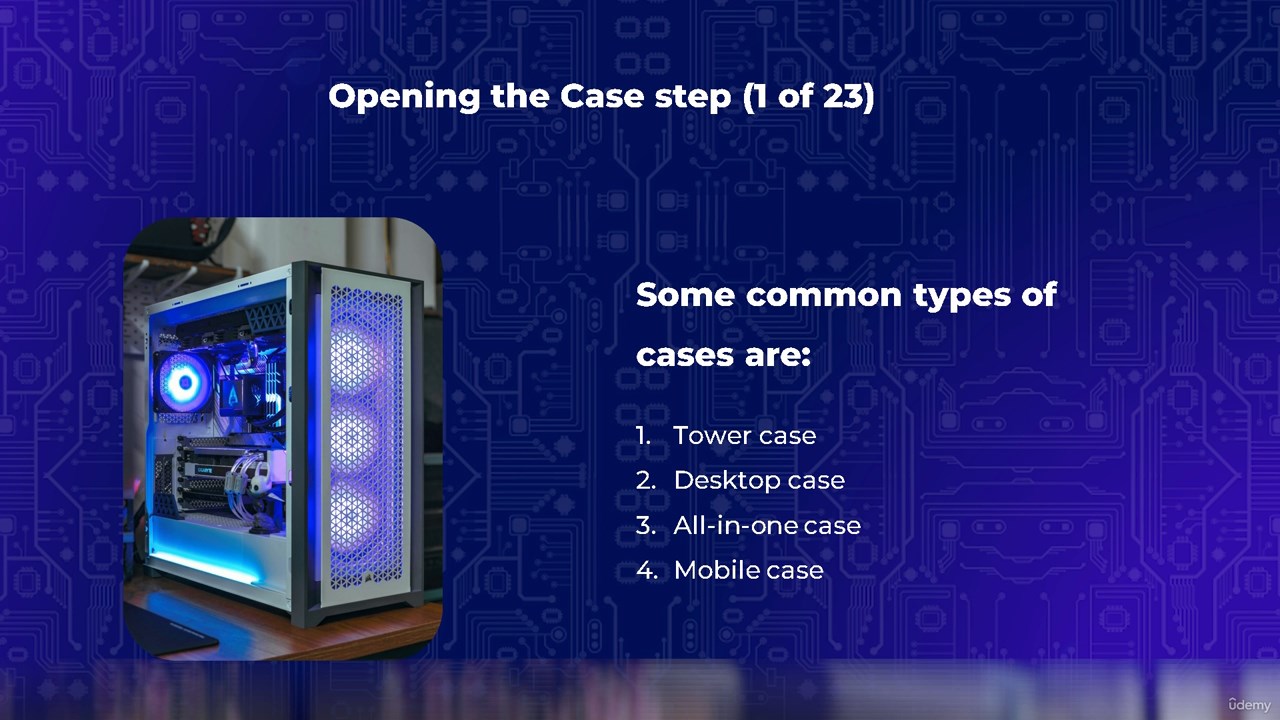
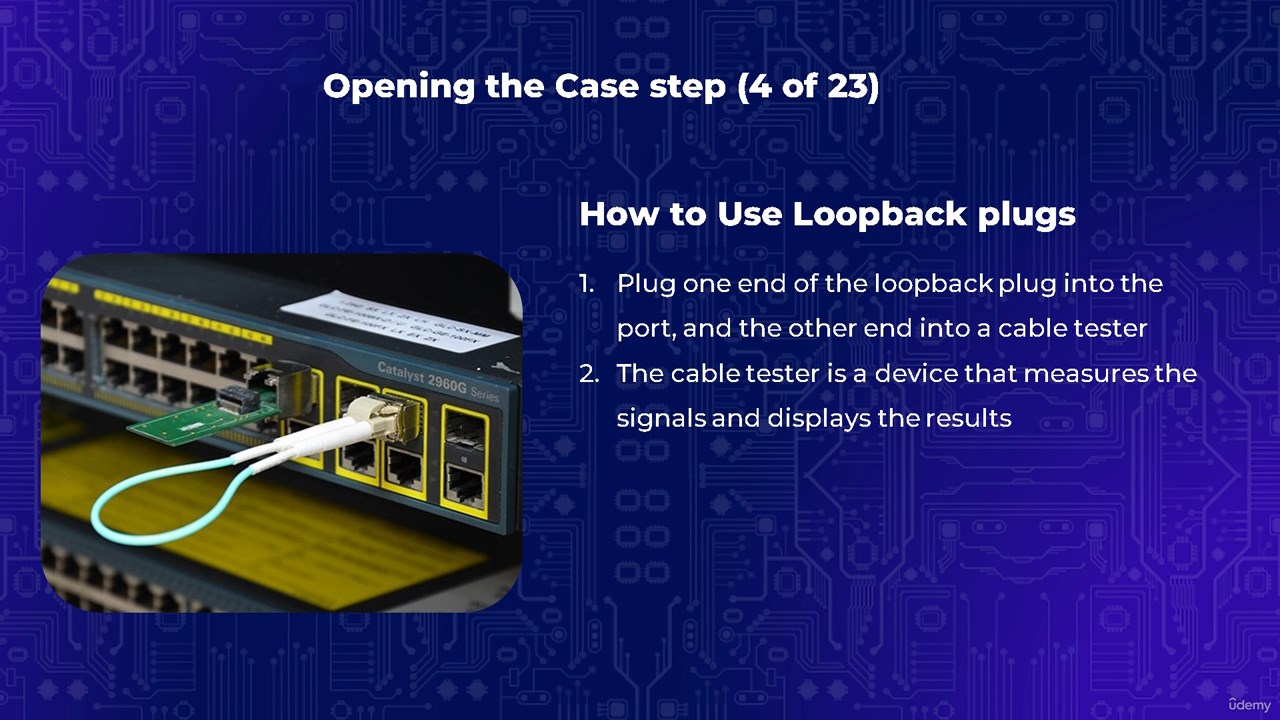
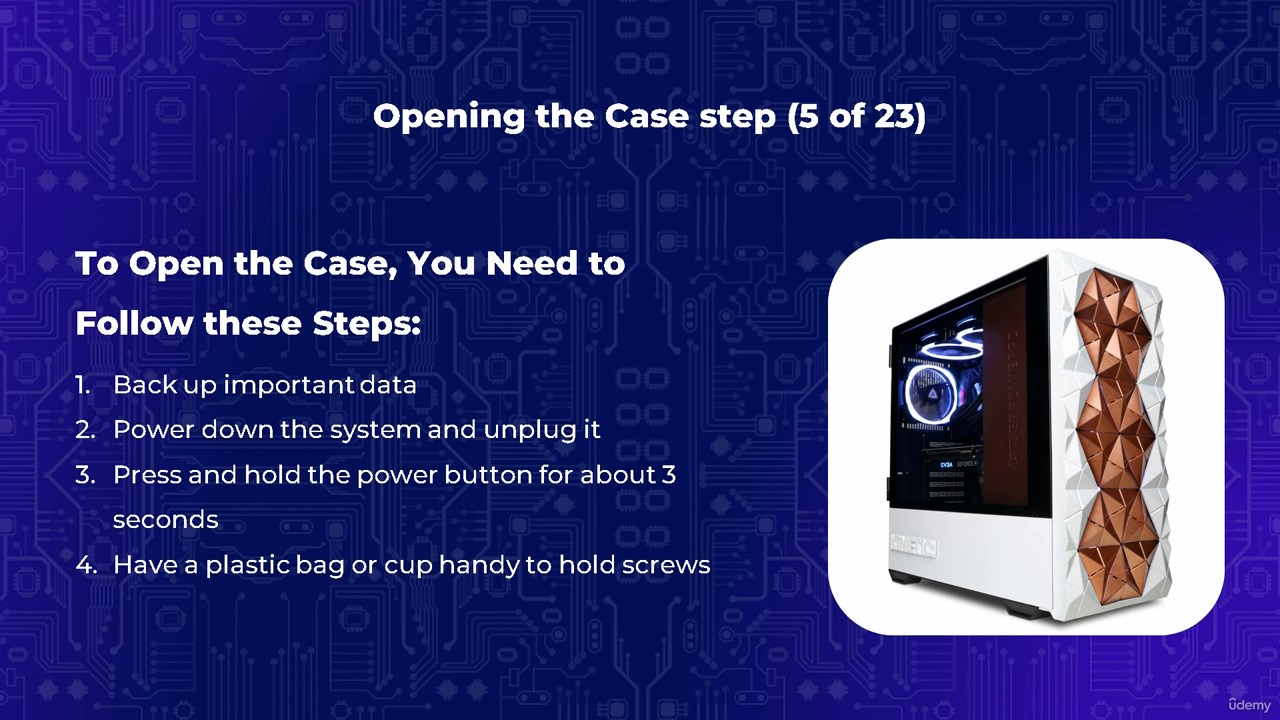
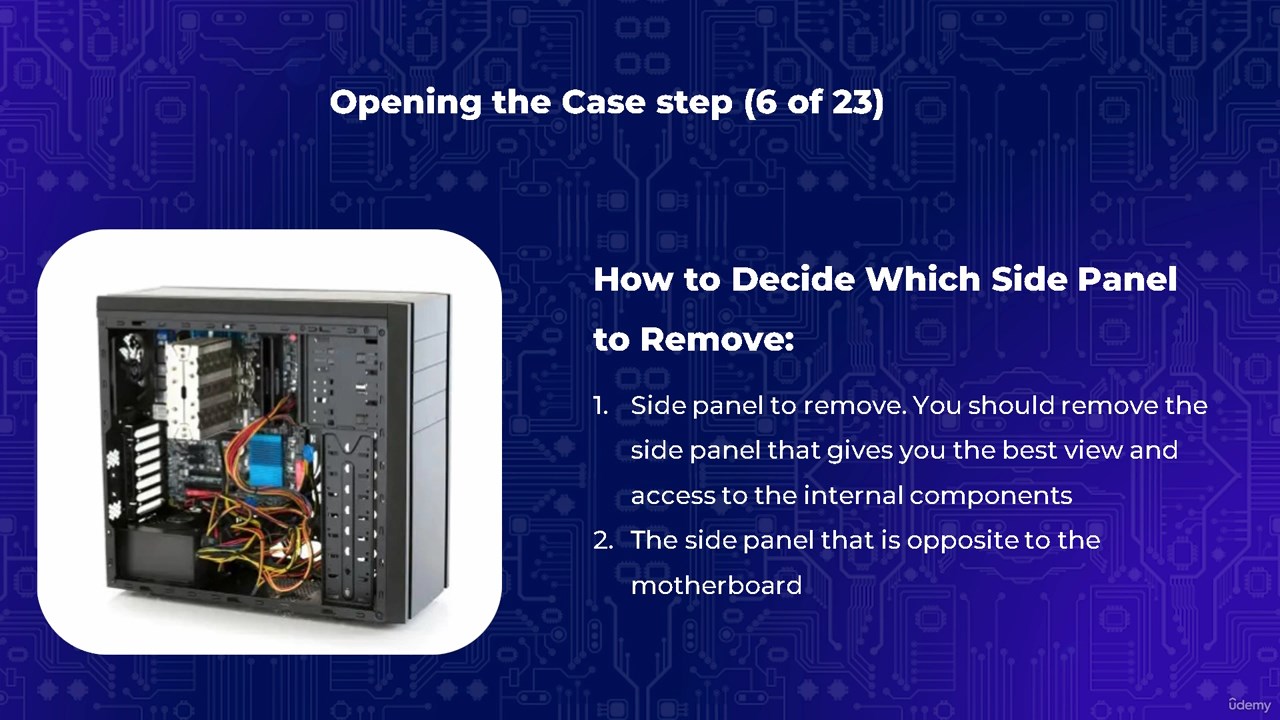
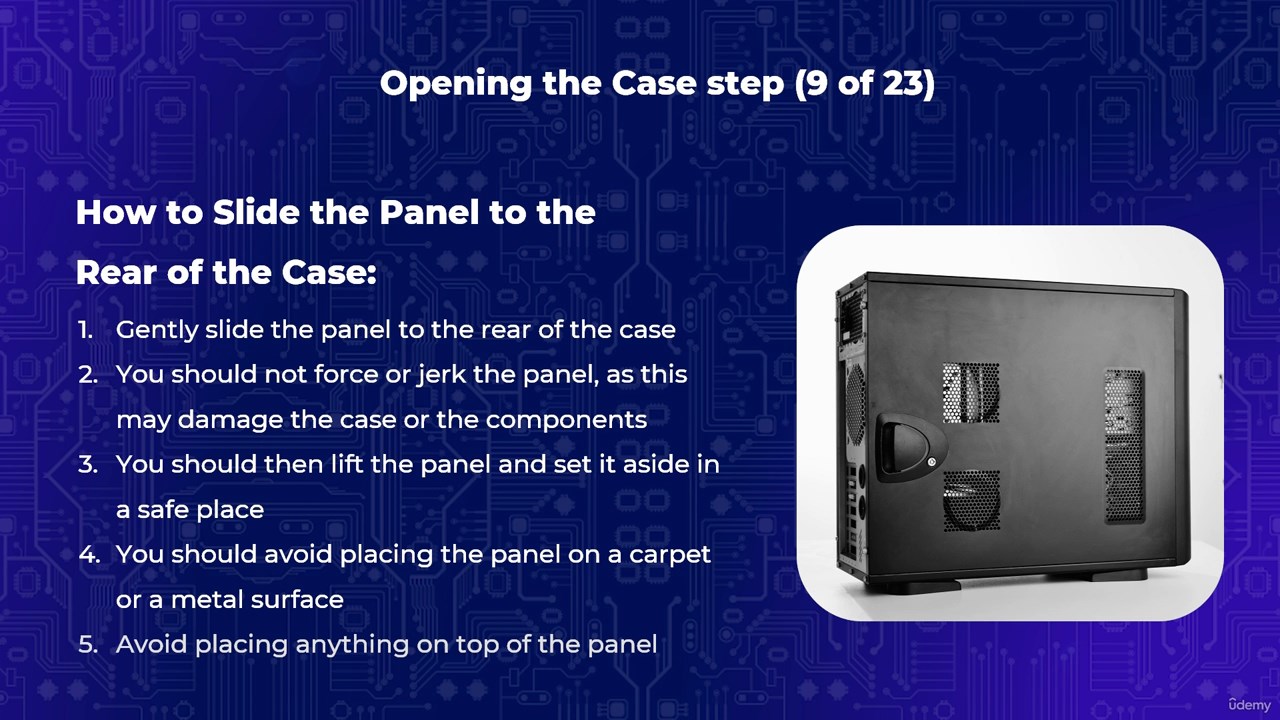
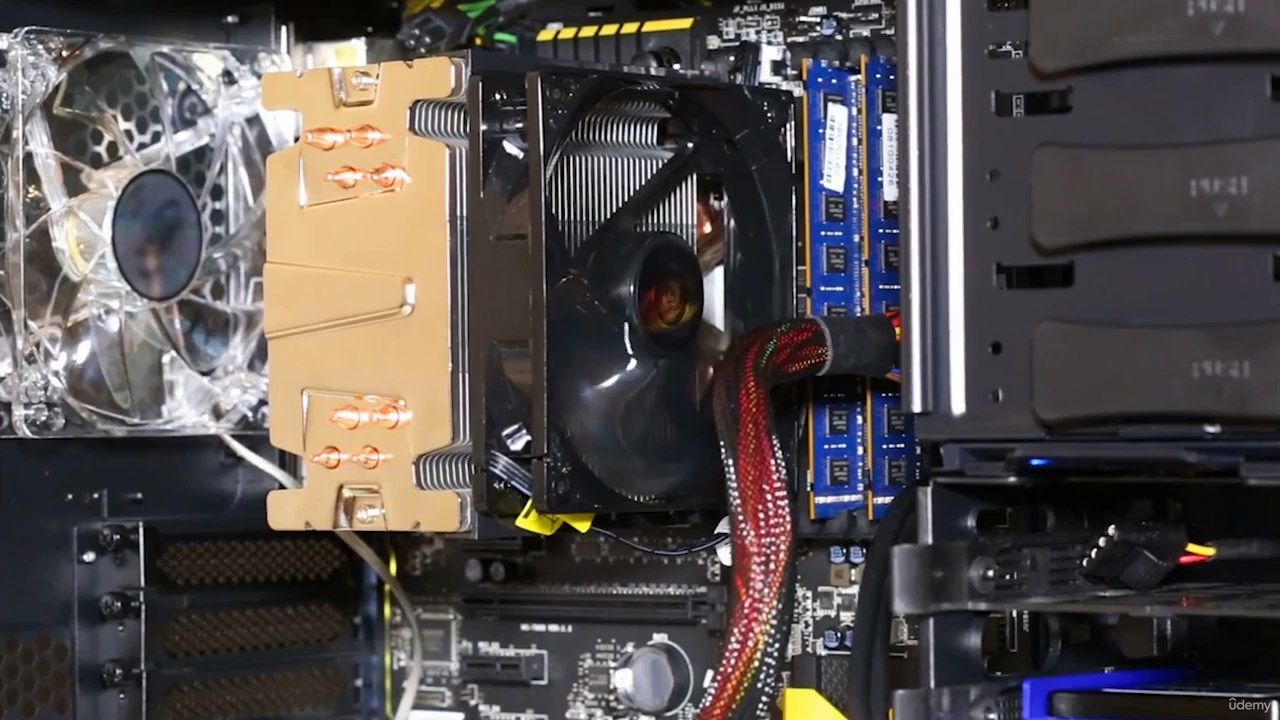

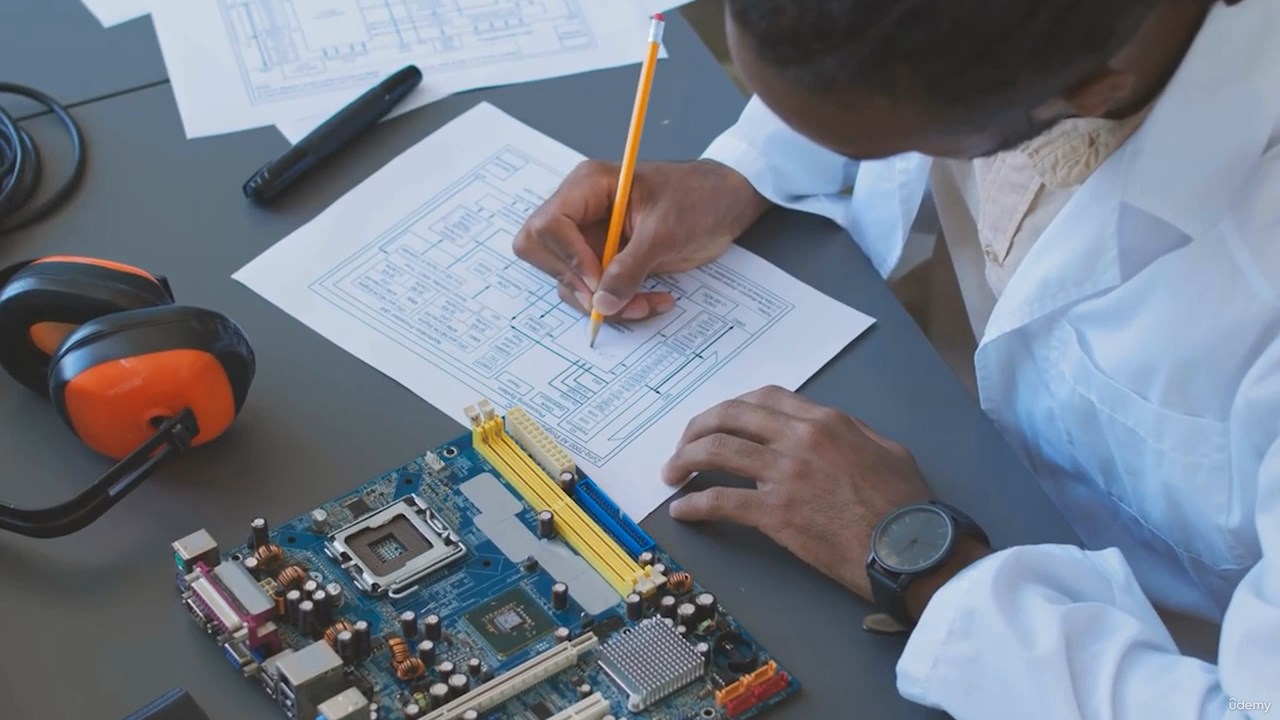
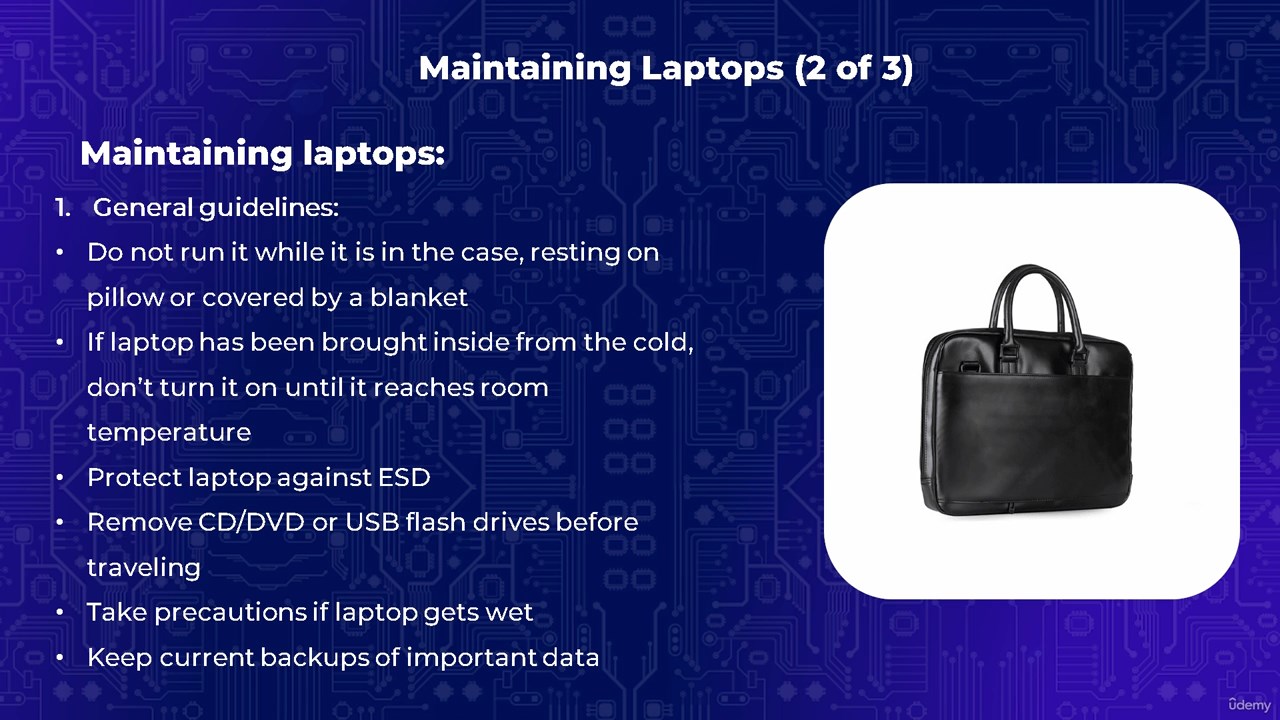
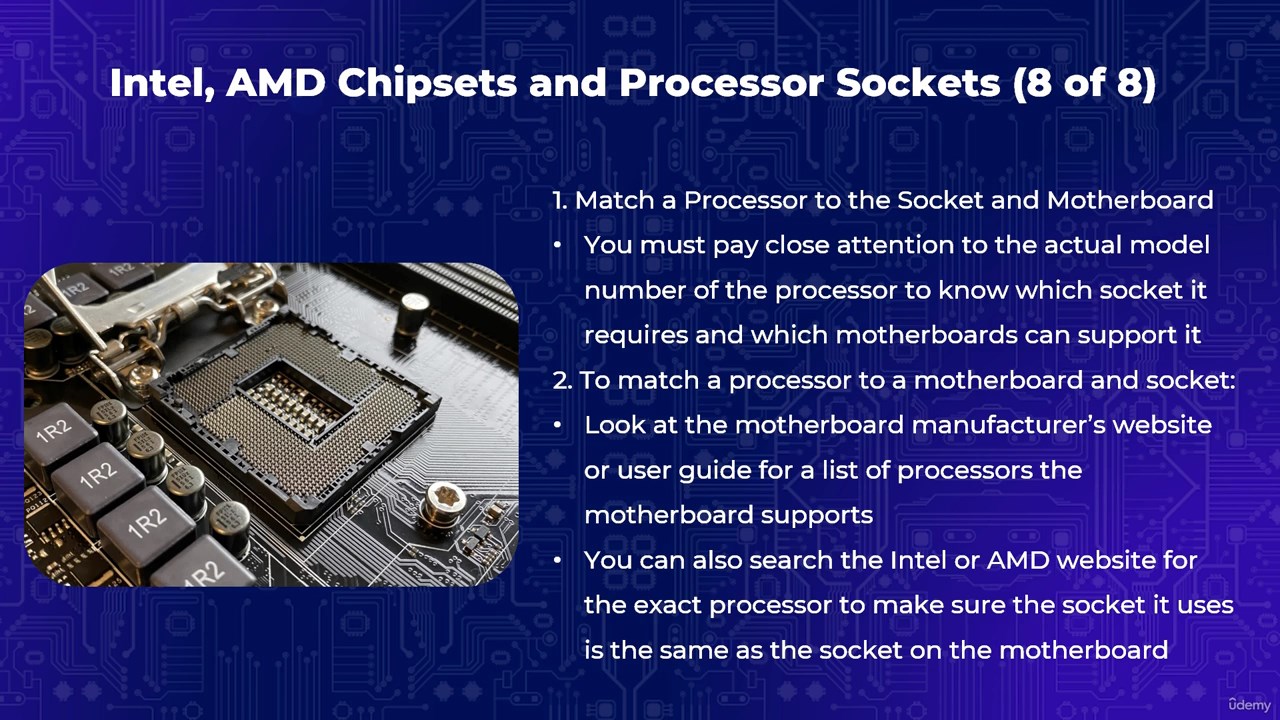
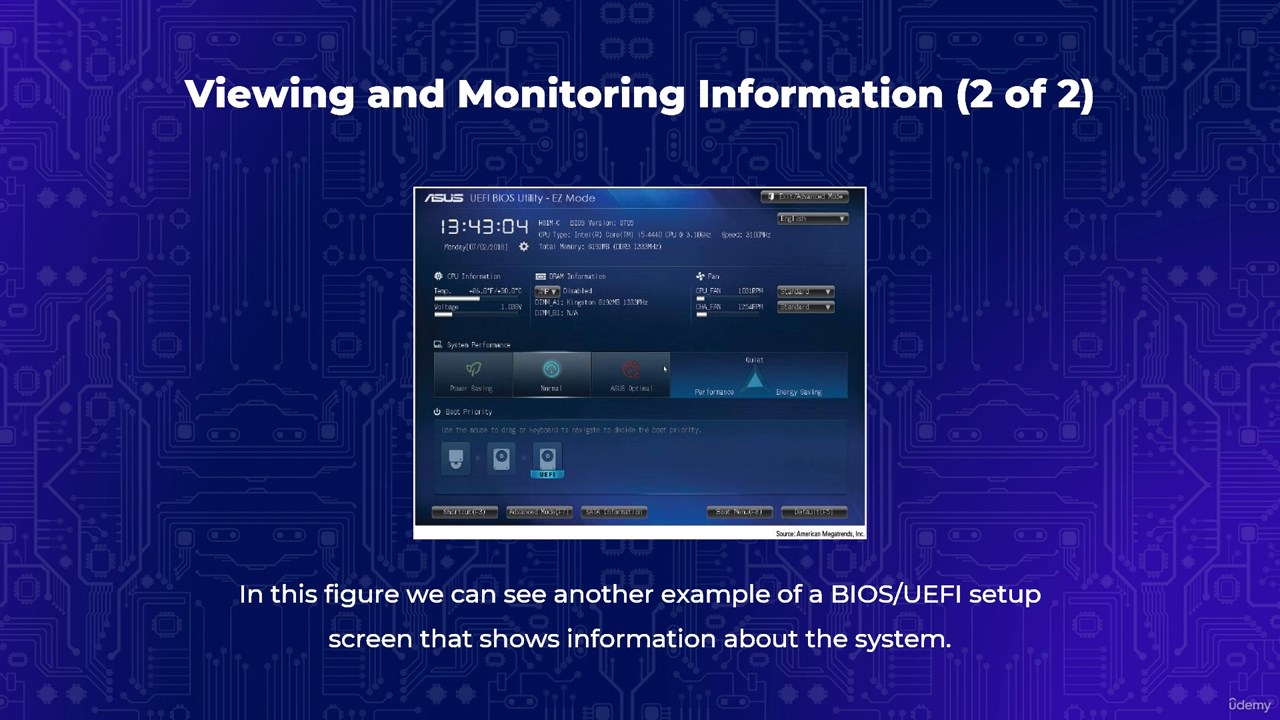
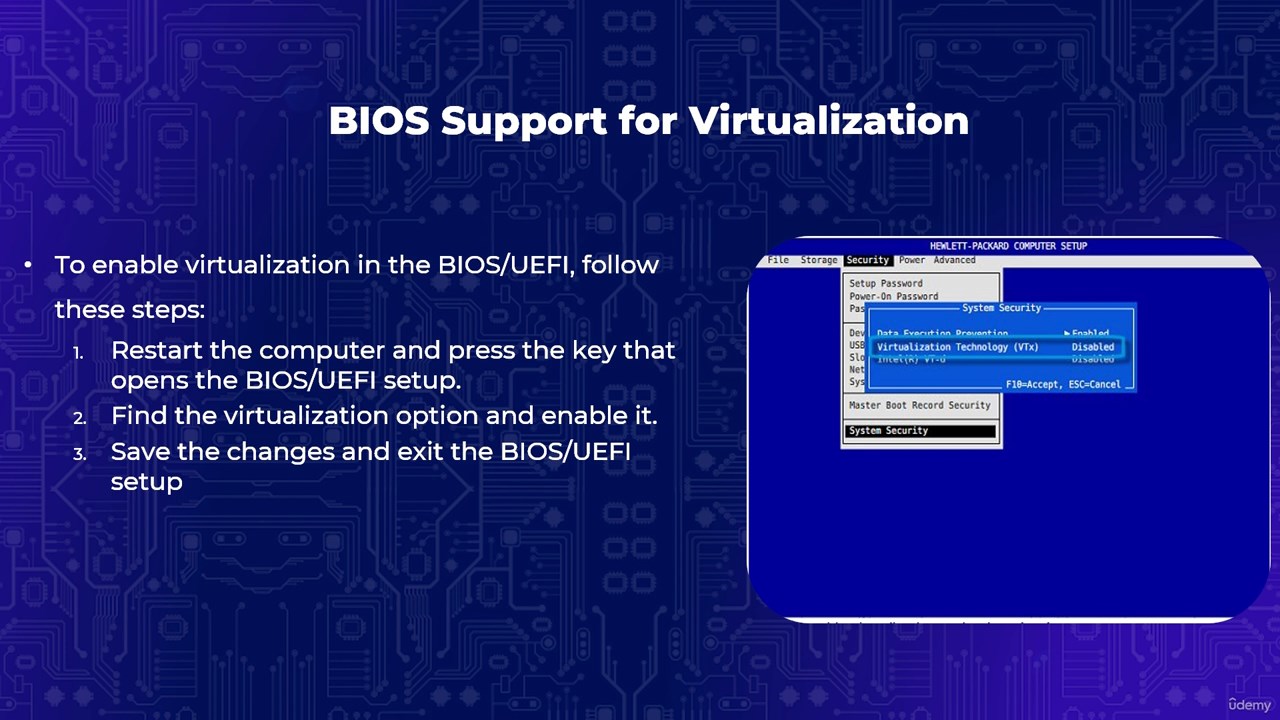
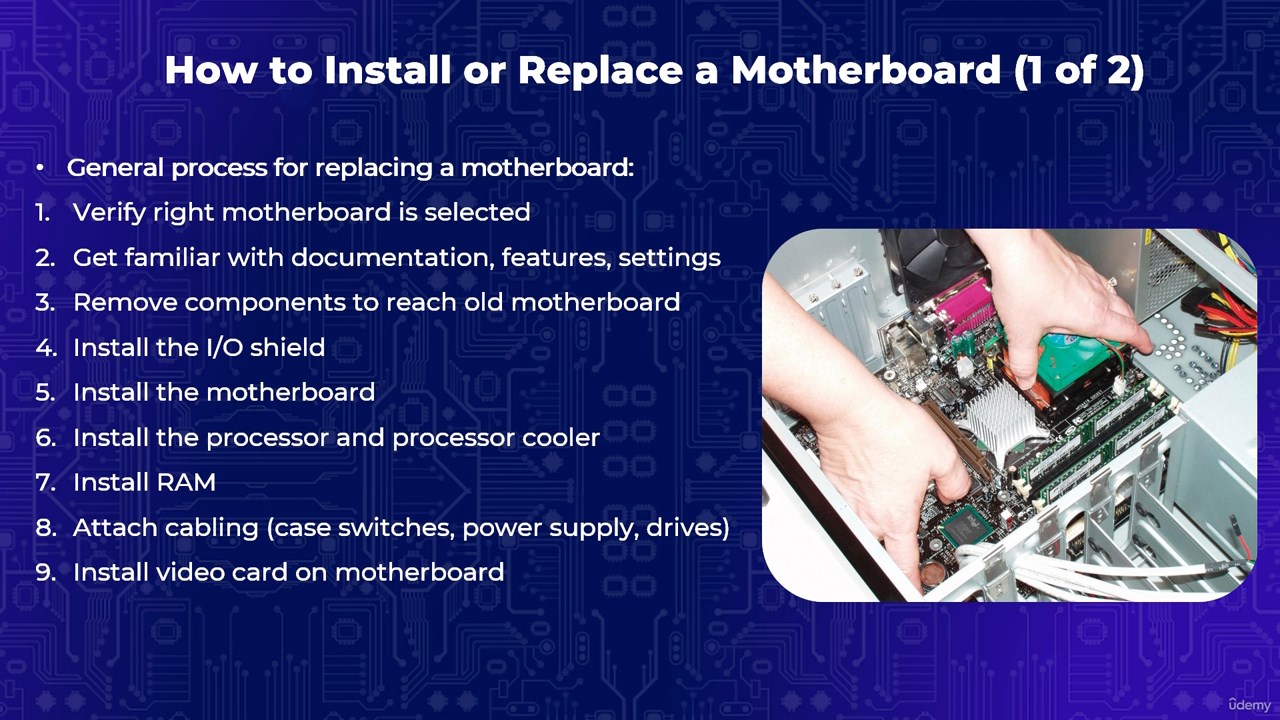
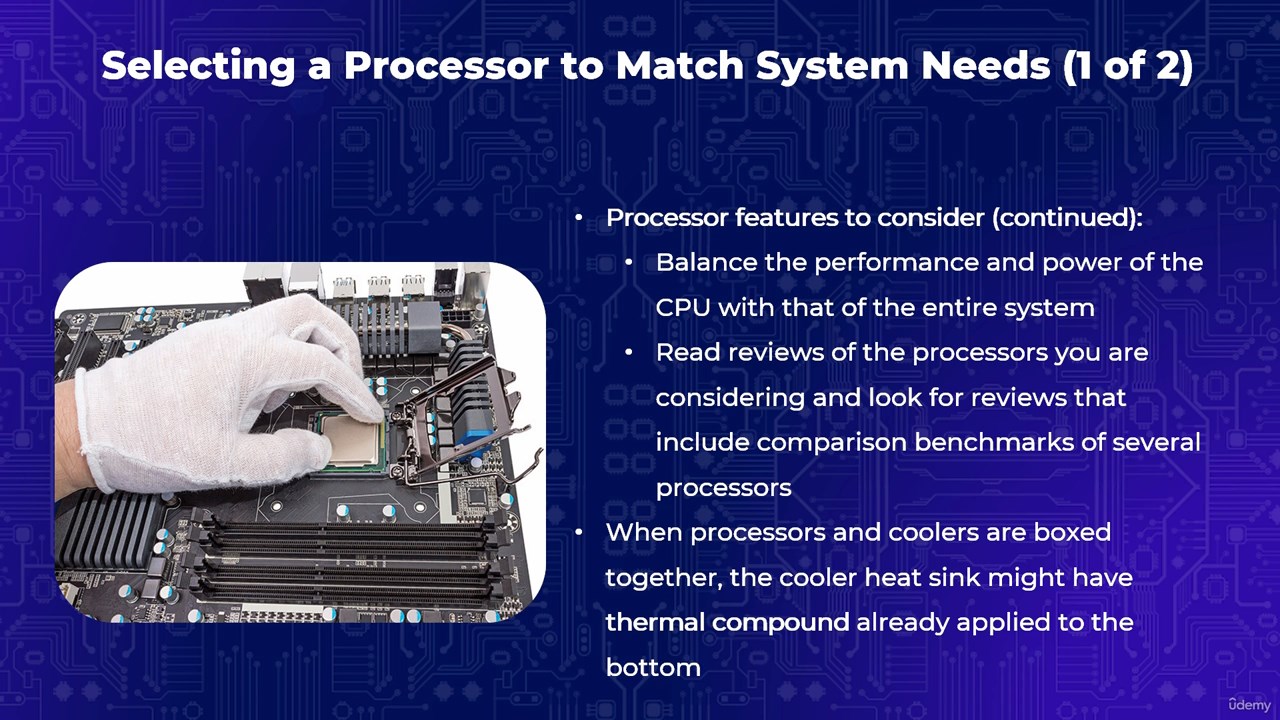
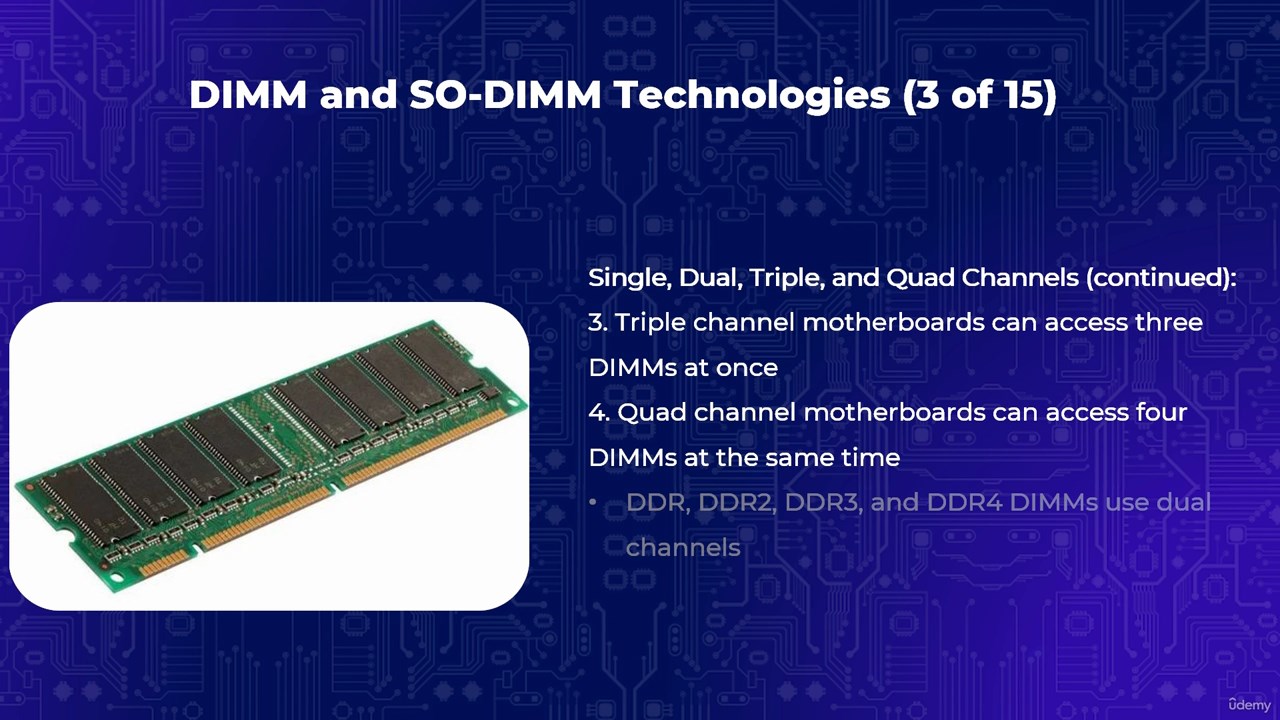
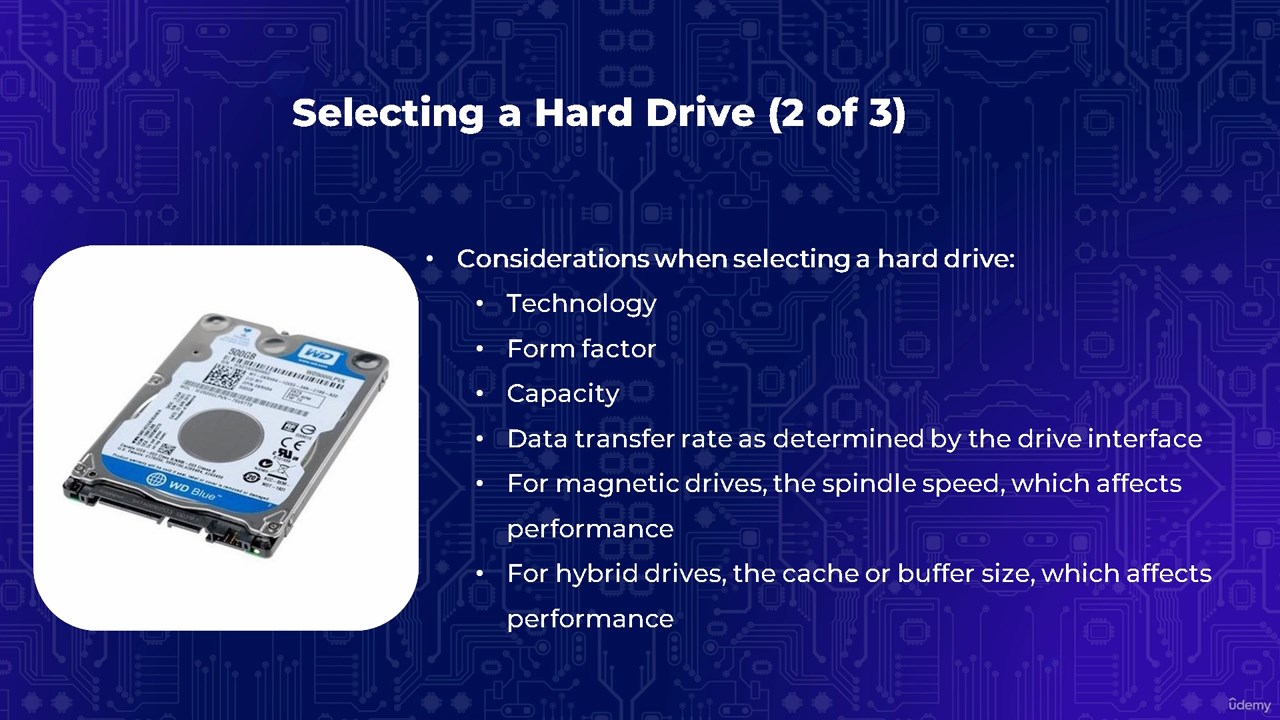
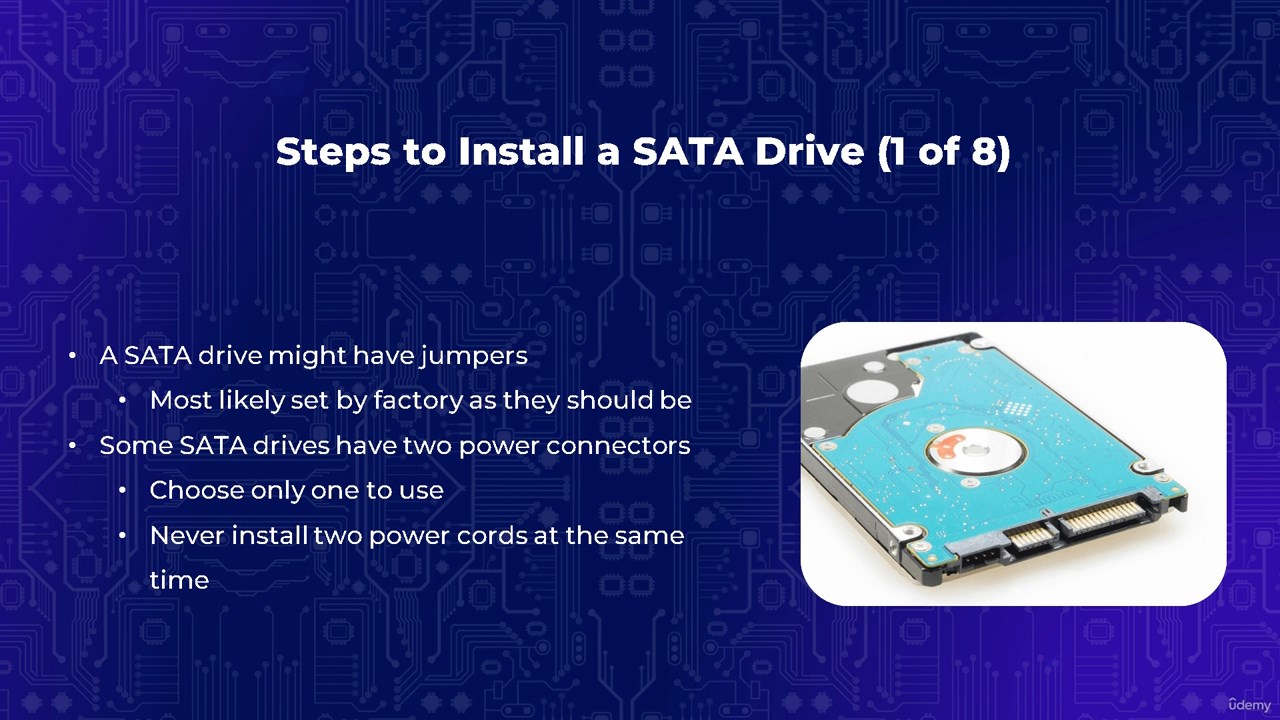
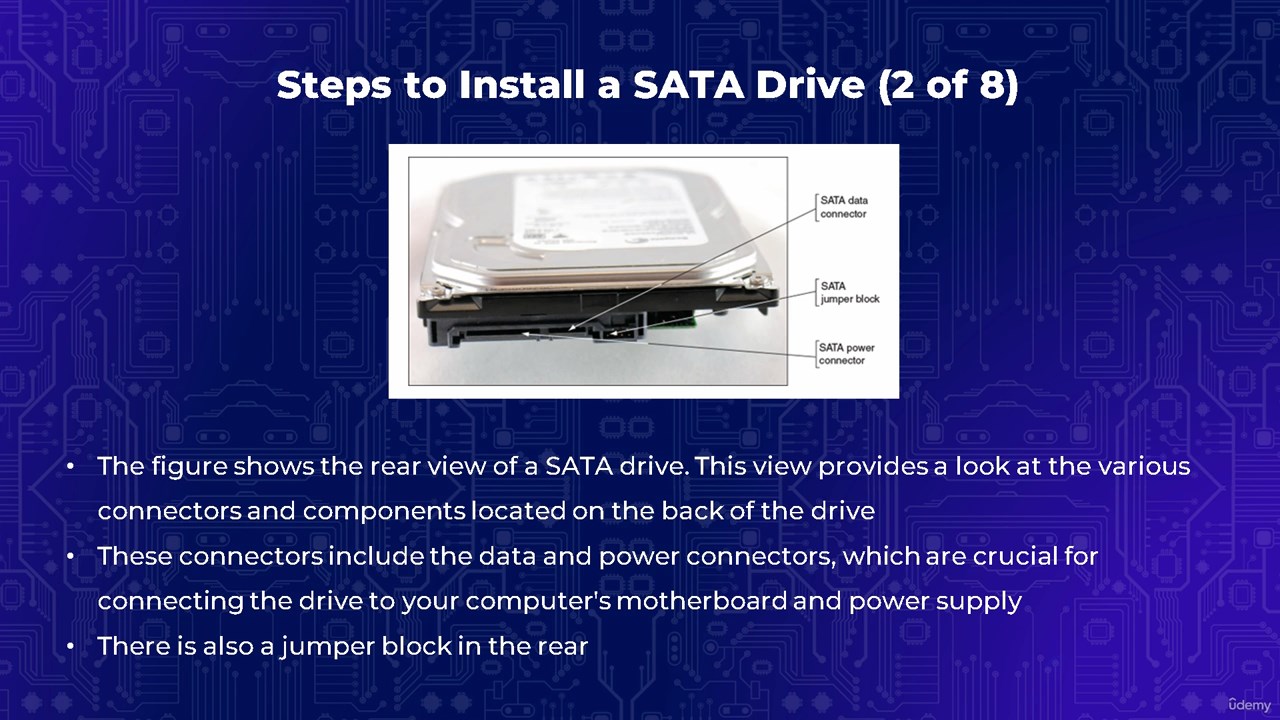
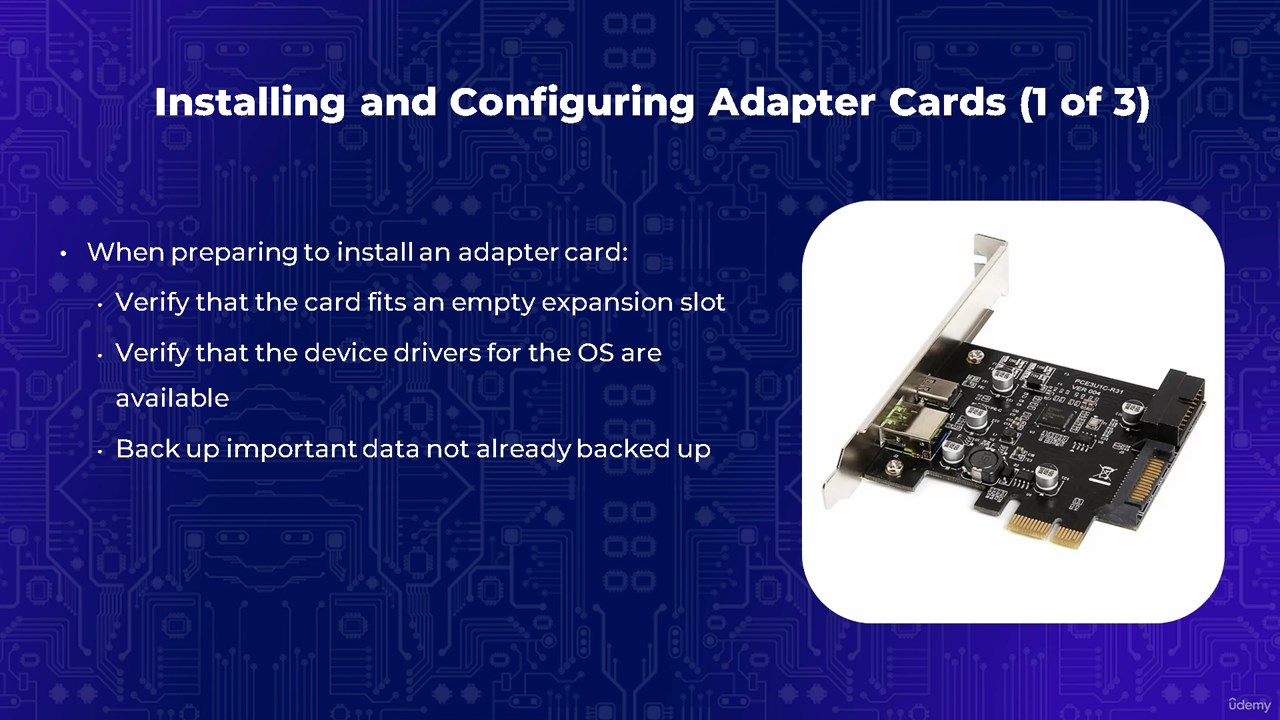
Download
FreeDL
UsersDrive
ClicknUpload

MP4 | Video: h264, 1280x720 | Audio: AAC, 44.1 KHz, 2 Ch
Genre: eLearning | Language: English | Duration: 102 Lectures ( 14h 48m ) | Size: 13.8 GB
udemy official link
https://www.udemy.com/course/cybersecurity-foundations-a-core-1-certification/Learn the basics of Cybersecurity and Computer Architecture
and pass the A+ Core 1 exam in a heartbeat.
What you'll learn
Disassembling and Reassembling a Computer
The Motherboard: The Heart of the Computer
Processors and Memory: The Brain and Memory of the Computer
The Power System: Keeping the Computer Running
Hard Drives and Other Storage Devices: Storing Your Data
I/O Devices: Input and Output for the Computer
Setting Up a Local Network
Network Infrastructure and Troubleshooting
Mobile Devices: The Future of Computing
Virtualization, Cloud Computing, and Printers
Requirements
The course does not require any prior knowledge of computer architecture,
but learners should have a basic understanding of computers and how they operate.
Welcome to Cybersecurity Foundations! In this course, we will delve into the fundamental principles and concepts that underpin the design and organization of modern computer systems--starting with Computer Architecture. This course covers the foundational knowledge and skills required for entry-level Cybersecurity/IT professionals to perform critical IT support tasks. It covers a broad range of IT-related topics, including hardware, networking, mobile devices, operating systems, and troubleshooting.
Course Structure
This course is divided into several modules, each focusing on specific aspects of computer architecture. We will begin with an overview of basic concepts and gradually progress to more advanced topics. The course will consist of lectures and practical assignments to reinforce your understanding of the material.
Assessments
Your understanding of the course material will be assessed through post-lecture assessments. These assessments will evaluate your comprehension of key concepts, your ability to apply them in practical scenarios, and your critical thinking skills.
Why should you learn computer architecture for Cybersecurity?
Computer architecture knowledge serves as a foundation for various aspects of cybersecurity, including vulnerability assessment, secure system design, threat mitigation, and incident response. By understanding how computer systems are structured and operate at the hardware level, cybersecurity professionals can effectively protect against a wide range of security threats and ensure the integrity, confidentiality, and availability of critical systems and data.
Computer architecture knowledge is crucial in cybersecurity for several reasons:
Understanding Vulnerabilities: Knowledge of computer architecture allows cybersecurity professionals to understand the underlying structure and behavior of computer systems. This understanding helps identify potential vulnerabilities in hardware, firmware, and software components. By comprehending how data flows within a system and how instructions are executed, cybersecurity experts can anticipate and mitigate security risks effectively.
Designing Secure Systems: Cybersecurity professionals often need to design and implement secure systems or assess the security of existing ones. A deep understanding of computer architecture enables them to make informed decisions about system design, including hardware configurations, memory management, and processor architectures. This knowledge is essential for creating robust security mechanisms and ensuring that systems are resistant to attacks.
Exploiting Hardware-Based Vulnerabilities: Many cybersecurity attacks exploit weaknesses at the hardware level, such as side-channel attacks, row-hammer attacks, and speculative execution vulnerabilities like Spectre and Meltdown. Understanding computer architecture is essential for identifying and mitigating these hardware-based vulnerabilities effectively. It involves analyzing how processors, caches, memory controllers, and other hardware components interact and can be manipulated by attackers.
Reverse Engineering and Malware Analysis: In cybersecurity, reverse engineering is often used to analyze malware and understand its behavior. Computer architecture knowledge is indispensable for reverse engineers to disassemble and understand the low-level operations of malicious code. By understanding the underlying architecture, cybersecurity professionals can identify malware functionalities, uncover hidden exploits, and develop countermeasures to protect against future threats.
Secure Software Development: Secure software development requires consideration of both software and hardware aspects. Understanding computer architecture helps software developers write secure code by considering how their applications interact with underlying hardware resources. It allows them to implement security features effectively, such as memory protection mechanisms, input validation, and secure coding practices.
Forensics and Incident Response: During incident response and forensic investigations, cybersecurity professionals often need to analyze system logs, memory dumps, and other artifacts to understand the nature and scope of security incidents. Knowledge of computer architecture aids in interpreting these artifacts accurately and tracing the root cause of security breaches. It helps investigators reconstruct the sequence of events leading to the incident and identify any unauthorized actions taken by attackers.
This course will prepare you for the CompTia A+ certification AND the following job functions:
This course is essential for those who wish to pursue the CompTia A+ certification. Earning the A+ Core 1 certificate demonstrates to employers that an individual possesses the foundational skills needed to excel in IT support roles.
It is often sought after by individuals entering the IT field or those looking to advance their careers in IT support or related fields.
IT & Mobile Support Specialist: Specialists who provide technical support to end-users and resolving hardware and software issues. The skills learned in this course can also be applied to mobile device support roles. For example, you could use these skills to troubleshoot and repair mobile devices, or to help users set up and use their mobile devices.
Network Administrator: Specialists skilled with configuring and maintaining network systems to ensure their smooth operation. For example, you could use these skills to configure and manage networks, or to troubleshoot network problems.
Field Service Technician: Technicians who install and repair hardware components, such as motherboards, CPUs, and memory modules.
Course Structure
This course is divided into several modules, each focusing on specific aspects of computer architecture. We will begin with an overview of basic concepts and gradually progress to more advanced topics. The course will consist of lectures and practical assignments to reinforce your understanding of the material.
Assessments
Your understanding of the course material will be assessed through post-lecture assessments. These assessments will evaluate your comprehension of key concepts, your ability to apply them in practical scenarios, and your critical thinking skills.
Why should you learn computer architecture for Cybersecurity?
Computer architecture knowledge serves as a foundation for various aspects of cybersecurity, including vulnerability assessment, secure system design, threat mitigation, and incident response. By understanding how computer systems are structured and operate at the hardware level, cybersecurity professionals can effectively protect against a wide range of security threats and ensure the integrity, confidentiality, and availability of critical systems and data.
Computer architecture knowledge is crucial in cybersecurity for several reasons:
Understanding Vulnerabilities: Knowledge of computer architecture allows cybersecurity professionals to understand the underlying structure and behavior of computer systems. This understanding helps identify potential vulnerabilities in hardware, firmware, and software components. By comprehending how data flows within a system and how instructions are executed, cybersecurity experts can anticipate and mitigate security risks effectively.
Designing Secure Systems: Cybersecurity professionals often need to design and implement secure systems or assess the security of existing ones. A deep understanding of computer architecture enables them to make informed decisions about system design, including hardware configurations, memory management, and processor architectures. This knowledge is essential for creating robust security mechanisms and ensuring that systems are resistant to attacks.
Exploiting Hardware-Based Vulnerabilities: Many cybersecurity attacks exploit weaknesses at the hardware level, such as side-channel attacks, row-hammer attacks, and speculative execution vulnerabilities like Spectre and Meltdown. Understanding computer architecture is essential for identifying and mitigating these hardware-based vulnerabilities effectively. It involves analyzing how processors, caches, memory controllers, and other hardware components interact and can be manipulated by attackers.
Reverse Engineering and Malware Analysis: In cybersecurity, reverse engineering is often used to analyze malware and understand its behavior. Computer architecture knowledge is indispensable for reverse engineers to disassemble and understand the low-level operations of malicious code. By understanding the underlying architecture, cybersecurity professionals can identify malware functionalities, uncover hidden exploits, and develop countermeasures to protect against future threats.
Secure Software Development: Secure software development requires consideration of both software and hardware aspects. Understanding computer architecture helps software developers write secure code by considering how their applications interact with underlying hardware resources. It allows them to implement security features effectively, such as memory protection mechanisms, input validation, and secure coding practices.
Forensics and Incident Response: During incident response and forensic investigations, cybersecurity professionals often need to analyze system logs, memory dumps, and other artifacts to understand the nature and scope of security incidents. Knowledge of computer architecture aids in interpreting these artifacts accurately and tracing the root cause of security breaches. It helps investigators reconstruct the sequence of events leading to the incident and identify any unauthorized actions taken by attackers.
This course will prepare you for the CompTia A+ certification AND the following job functions:
This course is essential for those who wish to pursue the CompTia A+ certification. Earning the A+ Core 1 certificate demonstrates to employers that an individual possesses the foundational skills needed to excel in IT support roles.
It is often sought after by individuals entering the IT field or those looking to advance their careers in IT support or related fields.
IT & Mobile Support Specialist: Specialists who provide technical support to end-users and resolving hardware and software issues. The skills learned in this course can also be applied to mobile device support roles. For example, you could use these skills to troubleshoot and repair mobile devices, or to help users set up and use their mobile devices.
Network Administrator: Specialists skilled with configuring and maintaining network systems to ensure their smooth operation. For example, you could use these skills to configure and manage networks, or to troubleshoot network problems.
Field Service Technician: Technicians who install and repair hardware components, such as motherboards, CPUs, and memory modules.
Who this course is for:
The CompTIA A+ Core 1 certification is aimed at IT professionals who are responsible for installing,
configuring, and maintaining hardware and software technologies.
Aspiring IT Support Specialists
Aspiring Network Administrators
Aspring Field Service Technicians






















Download
FreeDL
You must be registered for see links
You must be registered for see links
You must be registered for see links
You must be registered for see links
You must be registered for see links
You must be registered for see links
You must be registered for see links
UsersDrive
You must be registered for see links
You must be registered for see links
You must be registered for see links
You must be registered for see links
You must be registered for see links
You must be registered for see links
You must be registered for see links
ClicknUpload
You must be registered for see links
You must be registered for see links
You must be registered for see links
You must be registered for see links
You must be registered for see links
You must be registered for see links
You must be registered for see links
